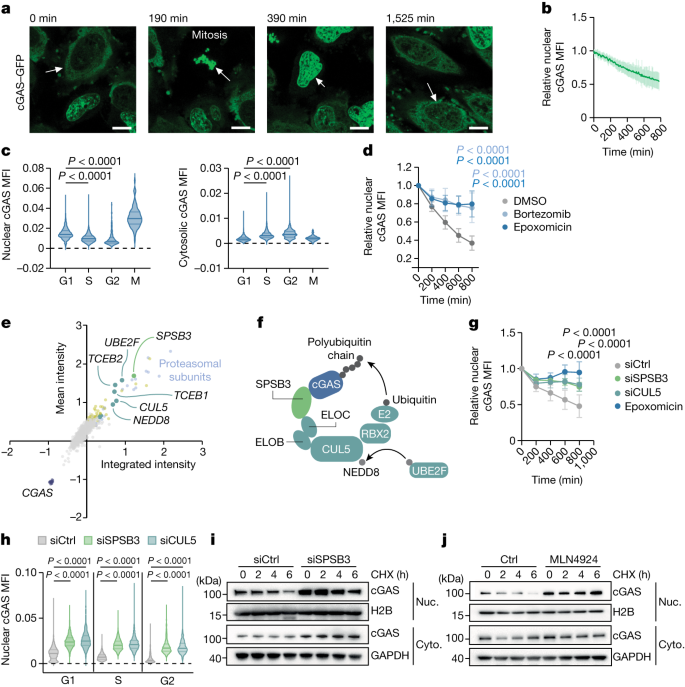2024-02-29 カーネギーメロン大学

The vocalizations of humans, bats, whales, seals and songbirds vastly differ from each other. But CMU and UC Berkeley researchers have found parts of the genome that have evolved and are associated with vocal learning across mammals.
<関連情報>
哺乳類のタンパク質と制御エレメントにおける音声学習に関連した収斂進化 Vocal learning-associated convergent evolution in mammalian proteins and regulatory elements
MORGAN E. WIRTHLIN , TOBIAS A. SCHMID , JULIE E. ELIE , XIAOMENG ZHANG , […], AND ANDREAS R. PFENNING
Science Published:29 Feb 2024
DOI:https://doi.org/10.1126/science.abn3263
Abstract
Vocal production learning is a convergently evolved trait in vertebrates. To identify brain genomic elements associated with mammalian vocal learning, we integrated genomic, anatomical and neurophysiological data from the Egyptian fruit-bat with analyses of the genomes of 215 placental mammals. First, we identified a set of proteins evolving more slowly in vocal learners. Then, we discovered a vocal-motor cortical region in the Egyptian fruit-bat, an emergent vocal learner, and leveraged that knowledge to identify active cis-regulatory elements in the motor cortex of vocal learners. Machine learning methods applied to motor cortex open chromatin revealed 50 enhancers robustly associated with vocal learning whose activity tended to be lower in vocal learners. Our research implicates convergent losses of motor cortex regulatory elements in mammalian vocal learning evolution.


